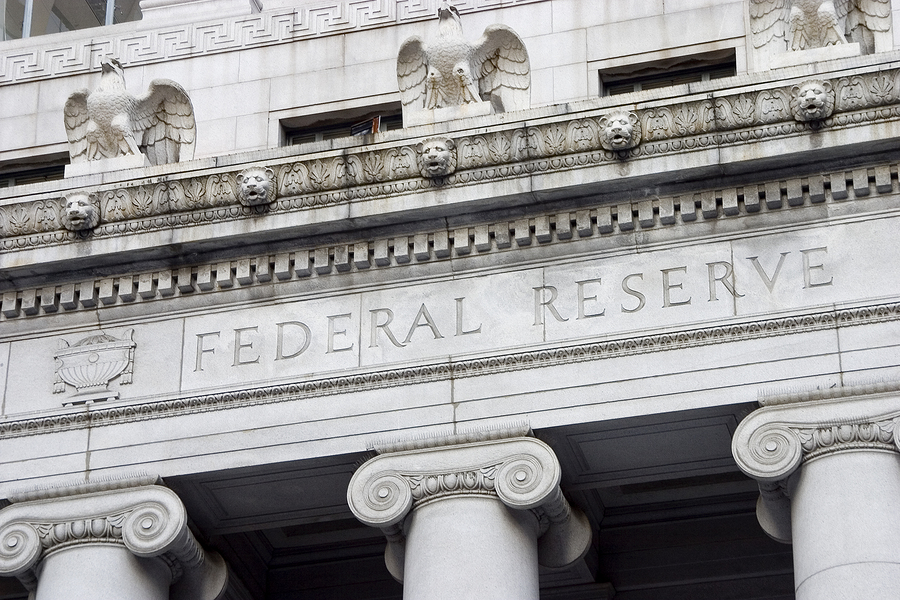View Sale Announcement Detail


Archived news

The Federal Reserve is giving big banks a choice: beef up capital or shrink in size.
The eight biggest banks in the country are going to have to reconsider how much bigger they want to get, as the Federal Reserve has placed new rules and regulations on them regarding capital and risk.
The "risk-based capital surcharge" would apply to big banks that have at least $250 billion in total assets that depend a great deal on short-term wholesale funding, which are considered very risky during economic distress.
The surcharge that these banks would incur range from 1 to 4.5 percent - this is in addition to the 7 percent capital buffer that big banks are already responsible for.
One of the rules states that banks would require additional capital to protect them against potential losses, reduce their dependence on unstable funding methods, and boost their risk management. This encouragement to reduce their sizes comes at the heels of General Electric's financial unit recently cutting its assets by more than half.
At the end of the day, banks have a choice: either drop a certain amount of business, or pay the price of the new regulation by boosting capital. The Federal Reserve obviously has strong intentions of forcing the biggest banks in the country to restructure their entities by a significant amount.
While complying with the Fed and beefing up capital is possible, it's also extremely expensive. If banks can't pad their capital assets, they're going to have to cut parts of their business.
What Does This Mean For Big Banks?
Such restrictions have sparked a great deal of concern among big banks, including the likes of J.P. Morgan Chase & Co., the biggest bank in the country with assets worth $2.449 trillion. The cushion could also reduce returns for shareholders by limiting the ability of big banks to pay higher dividends or purchase back stock.

Banks may have to reconsider their lending habits as a result of these new regulations.
These new capital rules will put banks in a position to downsize their lending habits, potentially keeping billions of dollars out of the US economy.
Goldman Sachs and Morgan Stanley have already cut out almost a quarter of their assets over the past decade, shedding business that doesn't generate the level of profits that rationalizes their costs.
J.P. Morgan stopped operating many of its businesses last year, including student lending origination and physical commodities.
The country's other seven big banks are now in a position to build up additional capital anywhere between 1 and 3.5 percent, according to the Fed.
So far, out of the eight big banks in the US, J.P. Morgan is the only one left that still needs capital increase to meet the new rule, which will be phased in starting January 1, 2016, and take full effect January 1, 2019.
The size of each bank's new capital requirement is customized to their relative riskiness. If the big banks want to limit their surcharges, they'll have to dwindle in size according to the Fed.
Garnet Capital - Working With Banks to Remain Profitable While Maintaining Compliance with the Federal Reserve
The new rules and regulations set forth by the Fed may put big banks in a perceived dilemma, but this by no means puts big banks in an obsolete position.
At Garnet Capital, we have an in-depth understanding of the loan sale and valuation processes, which allows us to offer a myriad of services to our financial institution clients, including valuation services and transaction support.
We have plenty of experience helping financial institutions - big and small - overcome a host of hurdles to remain competitive and profitable.
Feel free to browse our white papers to discover how our expertise and experience has helped countless clients develop plans that meet their own unique set of goals.
Garnet Capital Advisors 500
Mamaroneck Avenue, Harrison, NY 10528
(914) 909-1000
info@garnetcapital.comGarnet Capital Advisors 500
Mamaroneck Avenue, Harrison,
NY 10528
(914) 909-1000